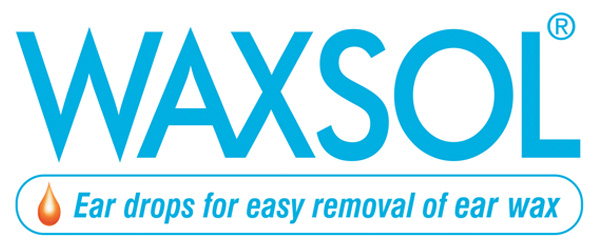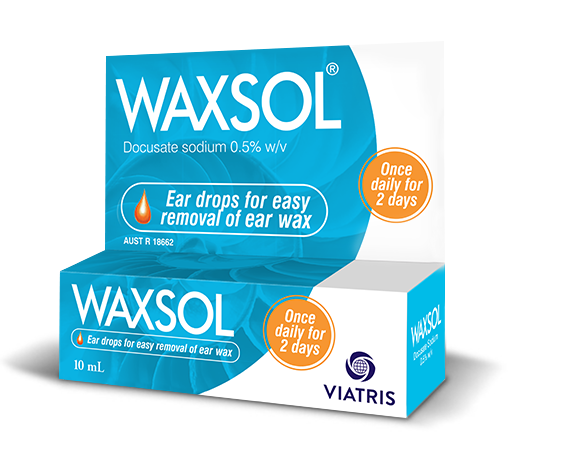Despite what many people think, most of the time it’s not actually necessary to clean inside the ears. Ear wax, also known as cerumen, is vital for our ears as it lubricates and protects the inner ear canal from foreign bodies like dust particles, and from bacteria developing.1-4
Although most people consider ear wax to be pretty gross, the irony is that we need it in order to keep our ears clean. Once ear wax has served its purpose, it generally dries up and drops out of your ear unnoticed. The action of us moving our jaw as we eat stimulates this process.1-4
However, some people suffer an excess of ear wax and attempt to remove it themselves by inserting a cotton tip or finger to prise out the wax. This tends to only make matters worse by pushing wax deeper into the ear canal, which can damage the ear canal and cause wax impaction.1-5
When and How to Clean Your Ears
Instead of reaching for a cotton tip, simply follow these steps for good ear maintenance:
- Wipe when necessary. Clean away excess wax by wiping your outer ear with a wet face cloth every day or every few days.2,3
- Dry after showering. Make a daily habit of drying the area around your outer ear with a towel after each shower, but be sure not to insert any part of the towel into your ear canal.1,2,4
- Practice good drying techniques after swimming. If you have been swimming, turn your head downwards and pull on your ear lobe so excess water can run out. Finish off by drying the outer ear thoroughly with a towel.5
- Never…insert anything into your ear canal, even a cotton tip, as by doing so the wax is often pushed further in, increasing the chance of a blockage and build-up of wax. Serious damage to the ear drum may also result from an accidental poke.
- Doctor’s check-up. To avoid the accumulation of ear wax it’s a good idea to have your doctor check your ears as often as your doctor advises. Older people are more susceptible to ear wax build-up and may need to see their doctors more frequently.
Ideally you shouldn’t need to clean your ears any more than mentioned in the steps above. But if you notice a feeling of fullness in your ears, pain, discharge, itchiness, a ringing sound or a loss of hearing, please contact your doctor so they can take a closer look.
References used:
1. Schwartz SR et al. 2017, Clinical Practice Guideline (Update): Earwax (Cerumen Impaction). Otolaryngol Head Neck Surg. 2017;156(1_suppl):S1-S29. Viewed March 2022. https://www.enthealth.org/be_ent_smart/earwax-prevention-faqs/
2. DerSarkissian C, 2020 `How to clean your ears’, WebMD, viewed March 2022 https://www.webmd.com/skin-problems-and-treatments/how-to-clean-your-ear
3. Schwartz, S.R., Magit, A.E., Rosenfeld, R.M., Ballachanda, B.B., Hackell, J.M., Krouse, H.J., Lawlor, C.M., Lin, K., Parham, K., Stutz, D.R. and Walsh, S., 2017. ‘Clinical practice guideline (update): Earwax (cerumen impaction)’. Otolaryngology–Head and Neck Surgery, vol. 156, no. 1, pp.S1-S29.
SYMPTOMS OF EAR WAX
Symptoms of ear wax build up include temporary hearing loss, ear ache or pain…
Find out moreHOW TO USE WAXSOL
Just two applications of Waxsol may be enough to soften and safely remove ear wax, without the need for ear syringing.
Find out how


